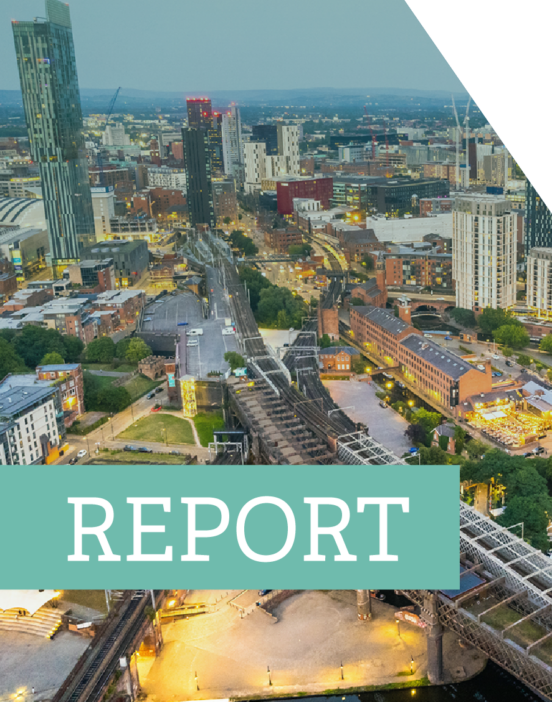A tale of two cities (part 2)

Few would disagree that the UK has a significant productivity problem, or fail to recognise that the poor performance of the nation’s largest cities outside the capital contribute to that situation. As the Economy 2030 Inquiry has made clear, the productivity of our largest cities lags the UK average, bucking the global trend for bigger urban areas to be more productive. The country as a whole is poorer as a result.
At the heart of this problem are the UK’s ‘twin second cities’: Greater Manchester and Birmingham. Their weak economic performance has long roots in the rapid deindustrialisation of the second half of the 20th century, but the fact that this persists today reflects more recent problems. Their sheer size (a combined population of 5.6 million) and central role in their regional economies (there is no route to a thriving North West that does not run through a more productive Manchester) mean they must be centre stage in attempts to boost aggregate growth, close regional productivity gaps and drive up local living standards too.
But understanding the case for change is not the same as setting out a plausible path for growth. This report on Greater Manchester (hereafter, GM), and a twin paper on the Birmingham urban area, provide grounded answers to the difficult question of what would it actually take to achieve a higher-productivity future for these two great, but very different, cities? Rooted in local realities and sharpened through conversations with local policy makers and residents alike, we set out what a higher-productivity future would really entail for GM, a city with a crucial role to play in a more prosperous Britain.
For all research queries about this report, please contact Lindsay Judge. For press queries, please contact the Resolution Foundation press office.

Lindsay Judge
Research Director,
Resolution Foundation
Email Lindsay